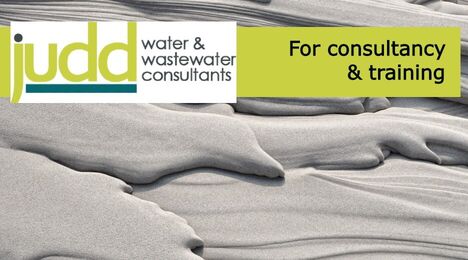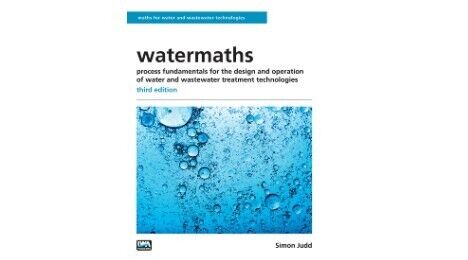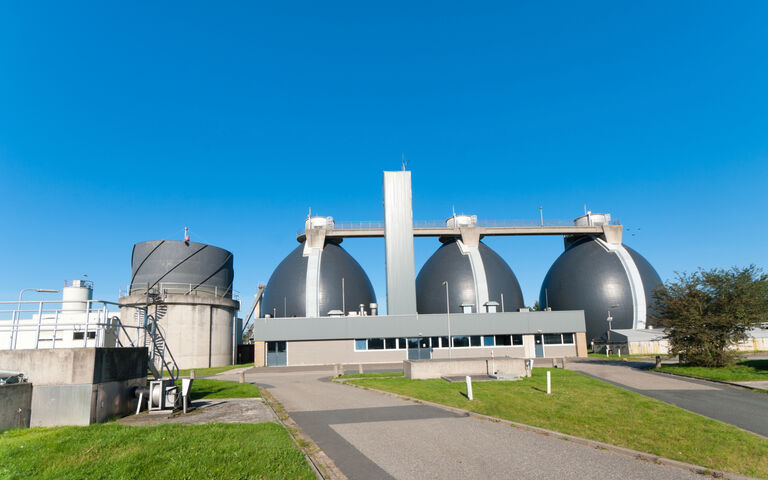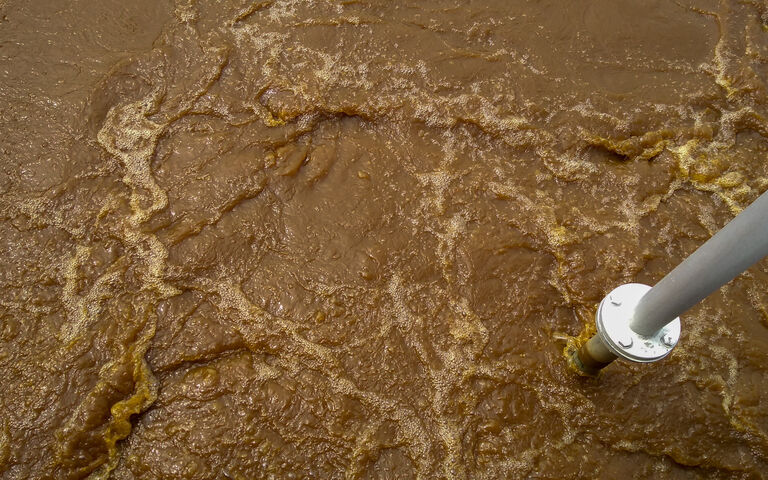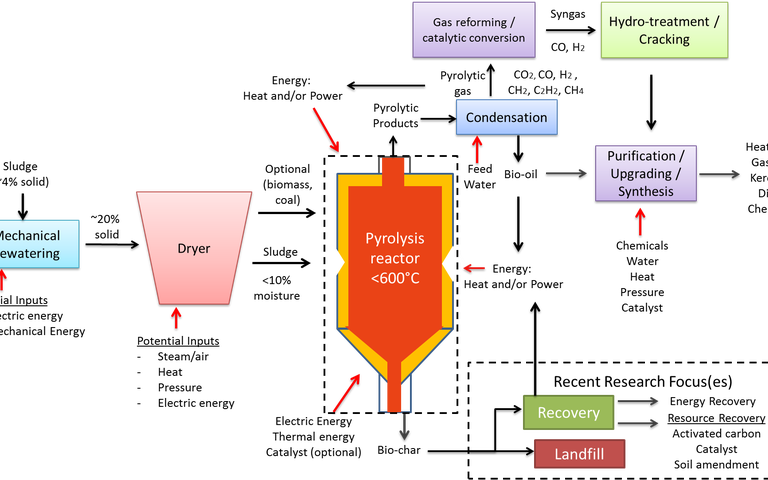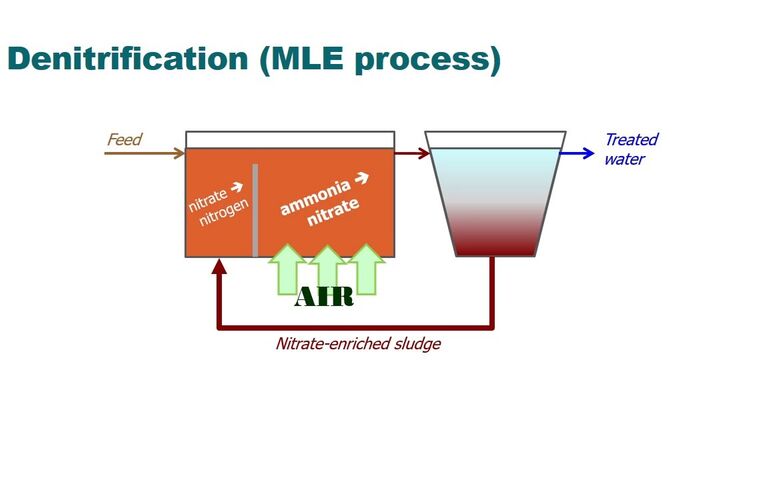Sludge treatment − lime and solids dosing

An overview of lime and solids dosing
Chemical stabilisation of sludge to reduce its odour, putrescence and pathogenic bacteria content can be carried out either with chemicals alone of using chemicals combined with solid materials. The solids used are waste products requiring disposal. Co-dosing with lime offers a disposal route by which the beneficial properties of the waste solid can be utilised.
Lime dosing
Lime dosing is the principal chemical method used to stabilise sludge. Sufficient lime is dosed to increase the sludge pH level to above 12.
The method is simple and incurs a low capital cost compared with alternative biological or thermal methods for sludge stabilisation. It is also effective in retaining toxic metals in the sludge solids, since many of these form insoluble hydroxide precipitates at high pH levels.
However, unlike the non-chemical methods, lime addition increases the total solids content of the sludge. Also, since the sludge pH tends naturally to slowly revert back to neutral levels, it is often necessary to provide supplementary lime dosing to maintain stabilised conditions. In general, the sludge pH has to be maintained above a pH of 12 for at least two hours for it to be considered stabilised, and has to be maintained at this level during any subsequent extended storage on site.
Retaining the toxic metals with the solids can limit the end use of the stabilised sludge if the concentration of these metals exceeds the regulated limits permitting its end use in agriculture. The high pH is known to help retain the metals in the soil solids so that they are not readily taken up by plants. Even so, there remain regulatory limits on the total toxic metals content of sludge for land application.
Lime & solids dosing
Solids with appropriate properties can be used to supplement lime for sludge stabilisation, reducing the lime dose required. This can be a favourable option if the solids are low in cost and offer a similar alkaline stabilisation propensity as lime.
‘Fly ash’ is a waste product generated from coal combustion, representing around 70% of the by-products generated from this process. Because fly ash is alkaline and contains nutrients, it can be used as a soil supplement, in much the same way as stabilised sludge can, to replace fertilizer and lime. Also, as with alkaline-stabilised sludge, fly ash contains toxic materials which can leach from it under acidic conditions.
Since fly ash is a waste product there can be a cost incurred for its disposal if it is not reused. This makes it a favourable material to use for stabilisation as a supplement to lime dosing. It is insufficiently alkaline to achieve the target pH on its own but adds to the stability of the treated sludge product. Other waste materials with similar properties which have been used for supplementary stabilisation include lime kiln dust and cement kiln dust.

